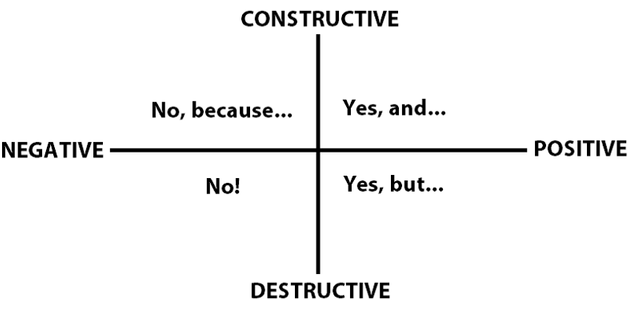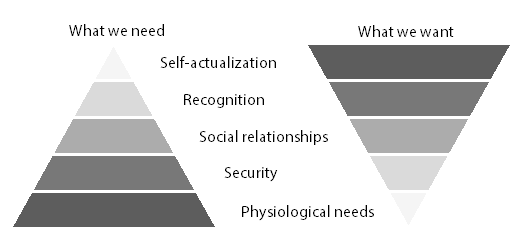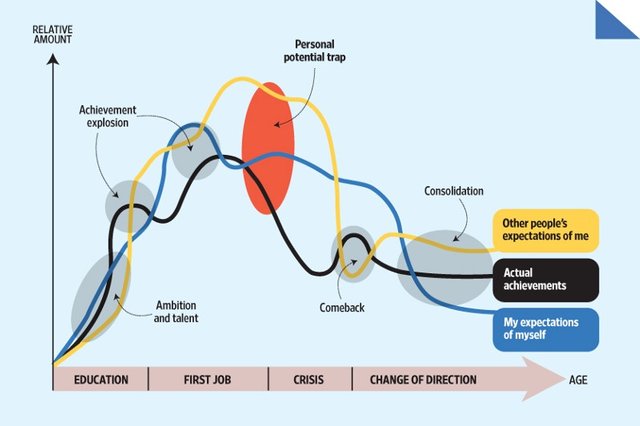How to understand others better in 3 simple models
Every day we make hundreds of decisions. You just decided to click on this article and now you just decided to read on further – but what is behind our decisions? What are the subconscious motivations that we might not even be aware of? To learn something not only about other people, but yourself.
Models offer a way to comprehend complex structures, difficult situations in which we find ourselves. They can help us make better decisions in life, at the workplace and at home.
But always remember Box and Clear:
“All models are wrong, but some are useful.” - George Box, 1976
“… George Box’s point was that we should focus more on whether something can be applied to everyday life in a useful manner rather than debating endlessly if an answer is correct in all cases.” - James Clear
Nevertheless, I chose to present you with three simple models, that I hope will enable you to take a step back, take a fresh look at the world around you.
The Appreciative Inquiry Model
It is often said that non-verbal communication accounts for a large part of the speaker’s efforts. The rule of 7-38-55% was described by Dr. Albert Mehrabian, in his 1970 study where he claims that verbal communication only represents 7% of the information flow. Even though 7 is small enough percentage – we still miss a lot of verbal clues when in a discussion.
The Appreciative Inquiry model was developed by David Cooperrider, American management expert. He publicized the idea of positive thinking within companies. Instead of “What is the problem?” he would as “What is going well?”. In his thinking, concentrating on weaknesses would create a negative impression from the start.
Every system and everyone has their faults. Instead of concentrating on the negative, one should focus on finding out what works and how to benefit from it. This pretty much connects with the startup methodology of finding things one is really good at and pivoting accordingly. Instagram did not start as an image sharing platform, Nokia started with manufacturing of boots, and Shopify founders started out as an online snowboard equipment store and pivoted when they didn’t find an ecommerce platform they liked, so they made their own.
Cooperrider differentiates 4 character types depending on their (verbal) reaction to a suggestion:
- The fault-finder: ´The idea is good, but…´
- The dictator: ´No!´
- The schoolteacher: ´The idea isn’t good because…´
- The AI thinker: `Yes, and we could also…´
The Maslow pyramids
“Are you having sex? Do you have a family? Are you intellectually stimulated?” Hierankl, 2003
Answering with three yeses means your life is amazing. Two means you have a happy life and one that you are just surviving.
Abraham Maslow, published his paper in 1943 Psychological Review with the title: A Theory of Human Motivation. In his categorization human needs are as follows:
- Physiological needs (eating, sleeping, warmth, sex)
- Security (shelter, work, health, protection)
- Social relationships (friends, partner, love, family)
- Recognition (status, power, money)
- Self-actualization (individuality, faith, transcendence, realization of personal potential)
The first three needs are basic needs, once they are fulfilled the person is not concerned with them. The rest, that are aspirational or personal improvement needs cannot be fully satisfied – we constantly strive for more or better. Contrasting our aspirations with our needs reveals the internal struggle all humans have.
The Personal Potential Trap model
This model might help us understand today’s generation of Millennials. Some are motivated by expectations, and most of us had been praised by parents and grandparents or teachers. Their expectations have set our expectations high towards ourselves and this, if we aren’t careful can turn into frustration if our ambition and talent is not used to the fullest.
Millennials have very different expectations towards their jobs than previous generations. The entrepreneurial life and the startup culture gains more and more momentum; digital nomads appear all around the place – this new work culture provide better opportunity for the Millennials to fully develop their personal potential.
However, many young adults find themselves lost and anxious at the start of their career, university or in their first job, when they cannot take the pressure from expectations others and themselves set towards their achievements. This is the personal potential trap and one has to be aware of it to be able to deal with it.


